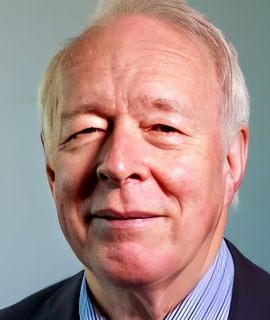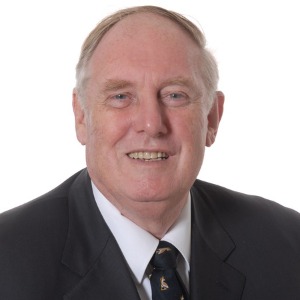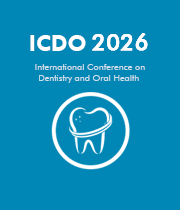Applications of dental biomaterials
Dental biomaterials have become increasingly important in dentistry over the last few decades, with a wide range of applications. These materials are used to replace, restore, or augment hard and soft tissue structures in the oral cavity. Dental biomaterials are used to replace and restore missing or damaged teeth, to fill cavities, to make crowns and bridges, and for orthodontic applications. In addition, these materials can be used to repair damaged or diseased gum tissue, to reconstruct damaged jawbones, and to improve the aesthetics of the smile. Dental biomaterials are available in a variety of forms, including ceramics, polymers, metals, and composites. Ceramics are highly durable materials that can be used to restore decayed teeth and to create bridges and crowns. Polymers, such as acrylics, are used for the fabrication of dentures, orthodontic appliances, and other restorative devices. Metals are commonly used for dental implants, which are replacements for missing teeth. Composites are a combination of materials that are used for fillings and other restorations. Dental biomaterials can also be used to improve the aesthetics of the smile. Porcelain veneers are thin shells of ceramic material that are bonded to the front surface of the teeth to improve their appearance. Tooth-colored fillings are made from composite materials and can be used to restore decayed teeth, while dental bonding can be used to improve the shape, size, and color of the teeth. Dental implants are also used to replace missing teeth, restoring the smile and improving oral health. The use of dental biomaterials is a safe and effective way to improve oral health and aesthetics. These materials are designed to be biocompatible, meaning they can safely be used in the body. They are also highly durable and can withstand the forces of chewing and grinding. As such, they can provide long-lasting results and improve the quality of life for those who suffer from oral health problems.

David Geoffrey Gillam
Queen Mary University of London, United Kingdom
Christopher Turner
Spacemark Dental, United Kingdom




Title : Evaluating hygienist follow up for head and neck oncology patients in secondary care: Results from a two cycle audit
Peter Basta, Newcastle Dental Hospital, United Kingdom
Title : Atypical facial pain unravelled
Christopher Turner, Spacemark Dental, United Kingdom
Title : Cutaneous, Cranial, skeletal and dental defects in patients with Goltz syndrome
Ali Al Kaissi, National Ilizarov Medical Research Center for Traumatology and Orthopaedics, Russian Federation
Title : The nature and management of dental erosion in patients with bulimia nervosa
Maya Fahy, The Royal Victoria, School of Dentistry, United Kingdom
Title : A systematic review on the early detection of oral cancer using artificial intelligence and electronic tongue technology
Maryam, Kardan Dental Clinic, Iran (Islamic Republic of)
Title : Artificial intelligence in clinical decision making in third molar surgery
Tannaz Pourlak, Tabriz University of Medical Sciences, Iran (Islamic Republic of)